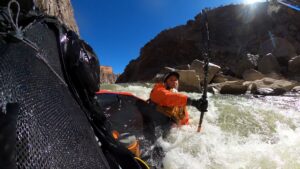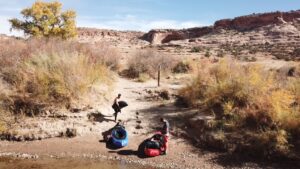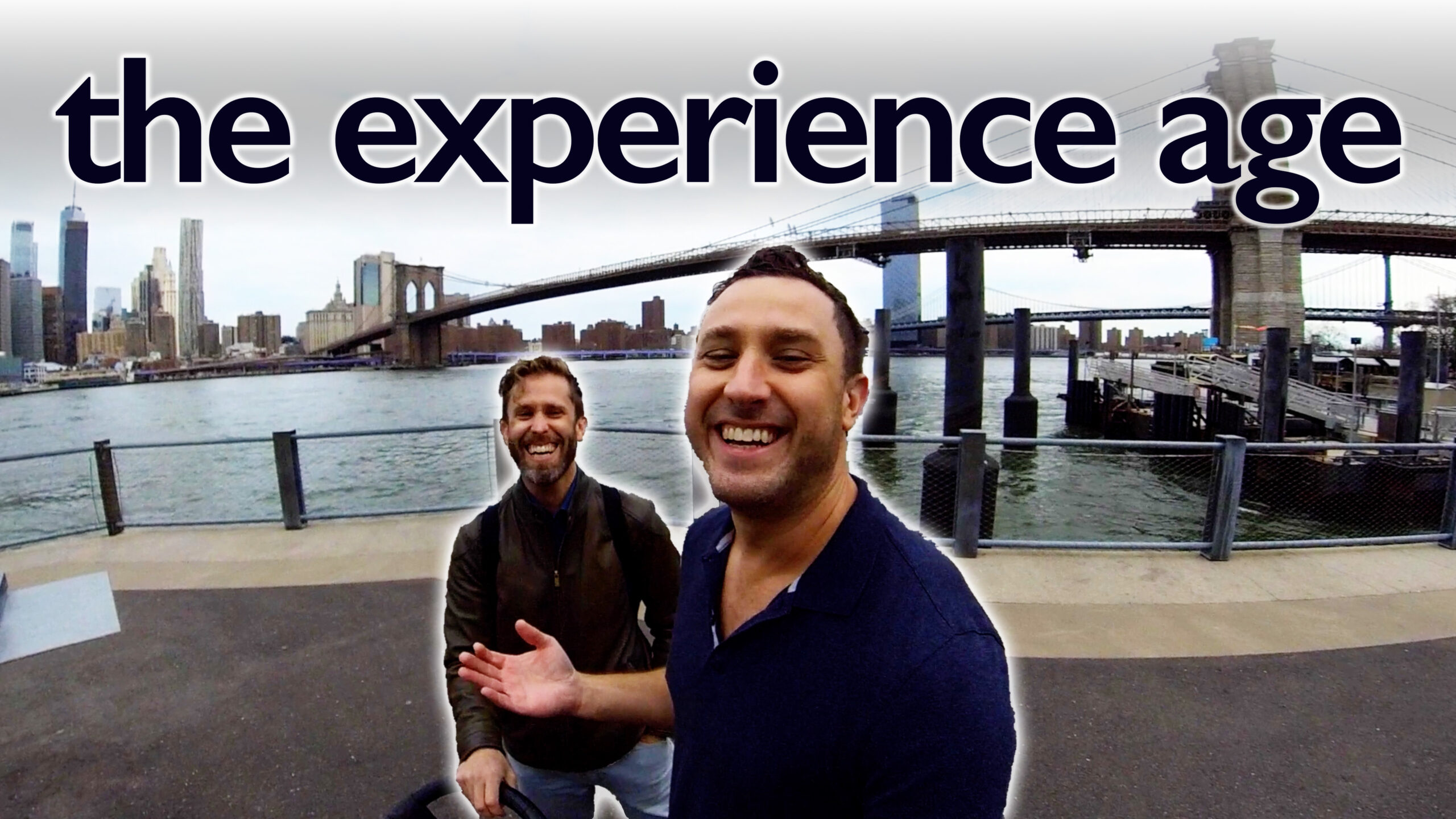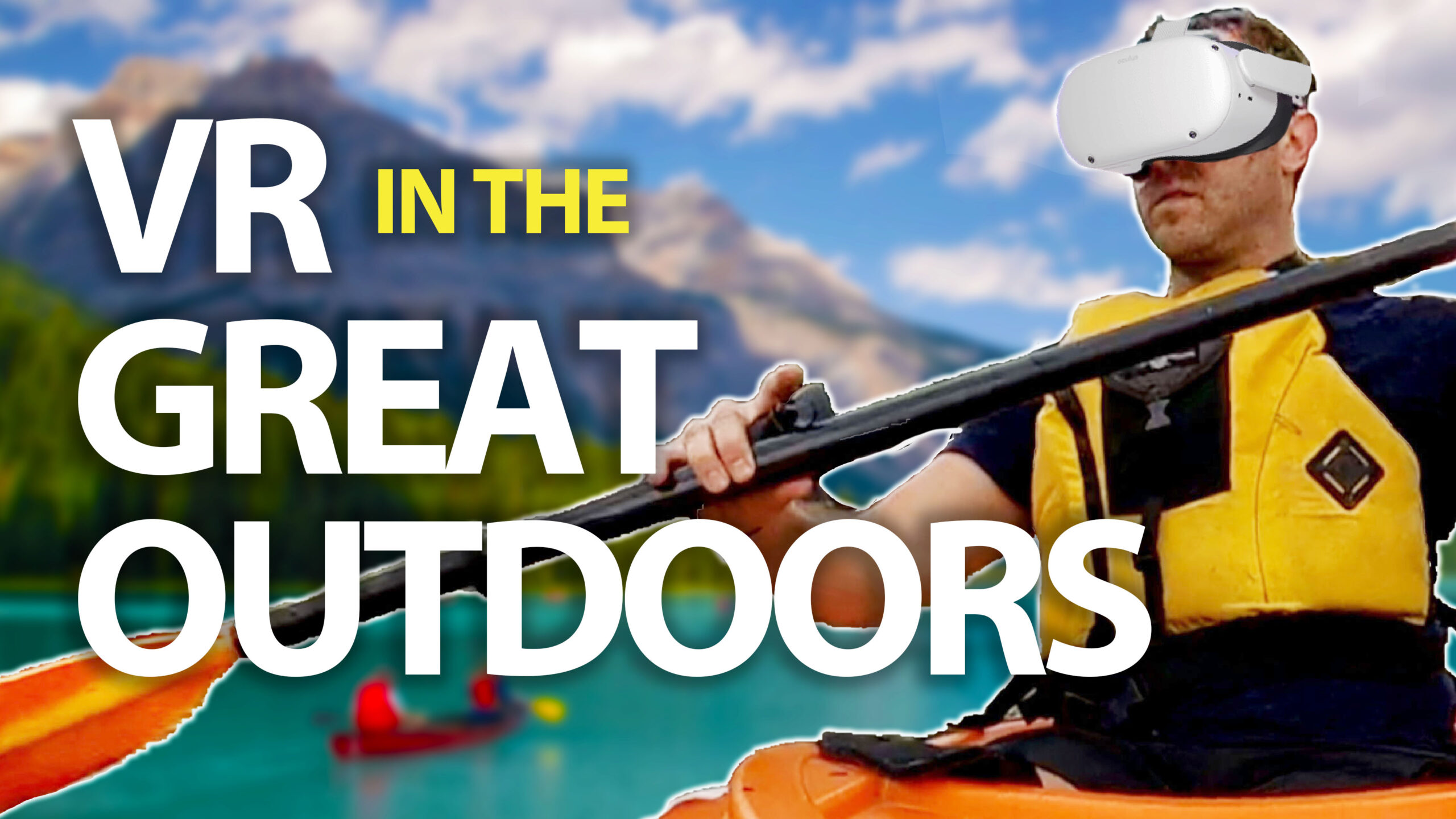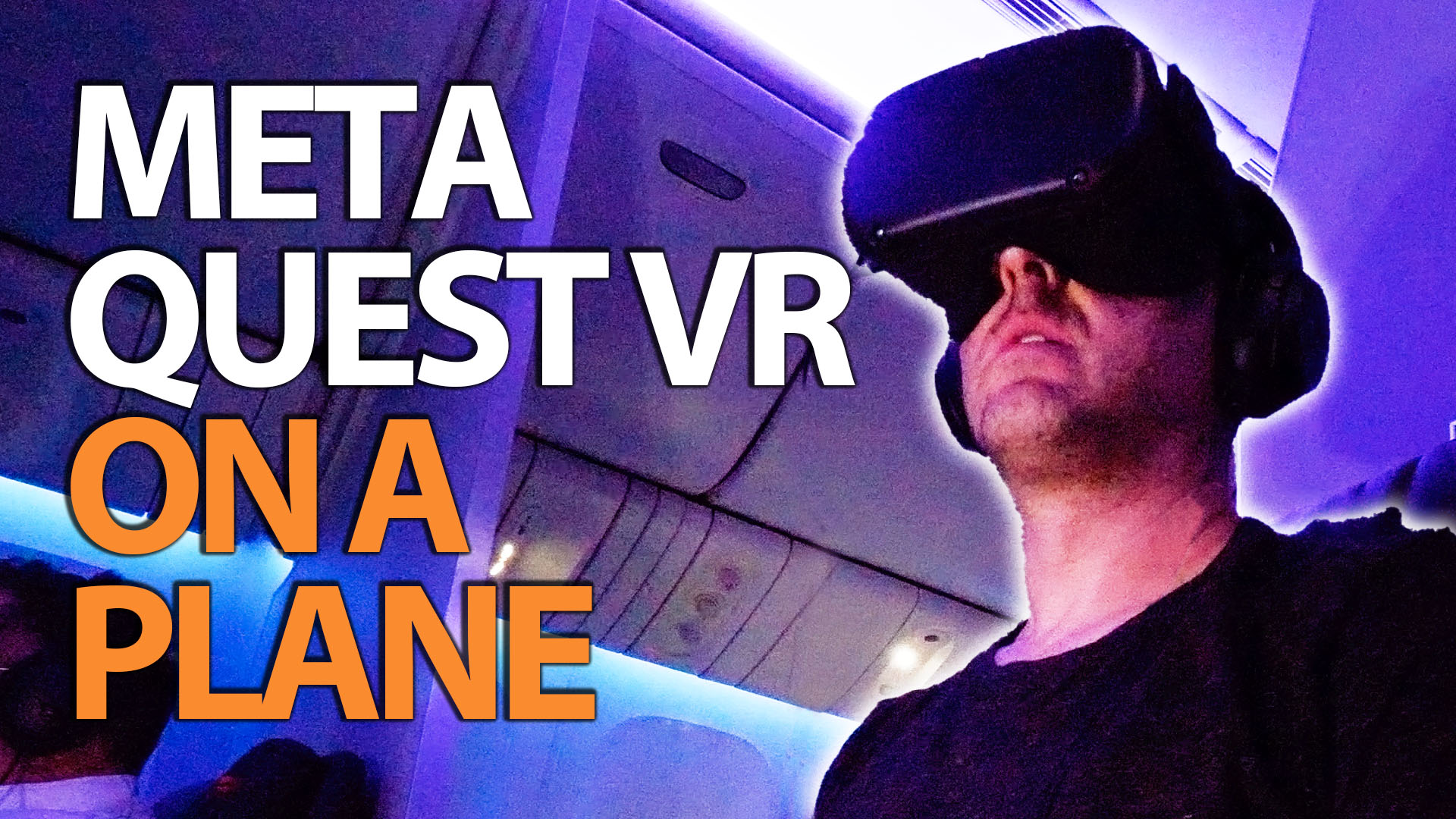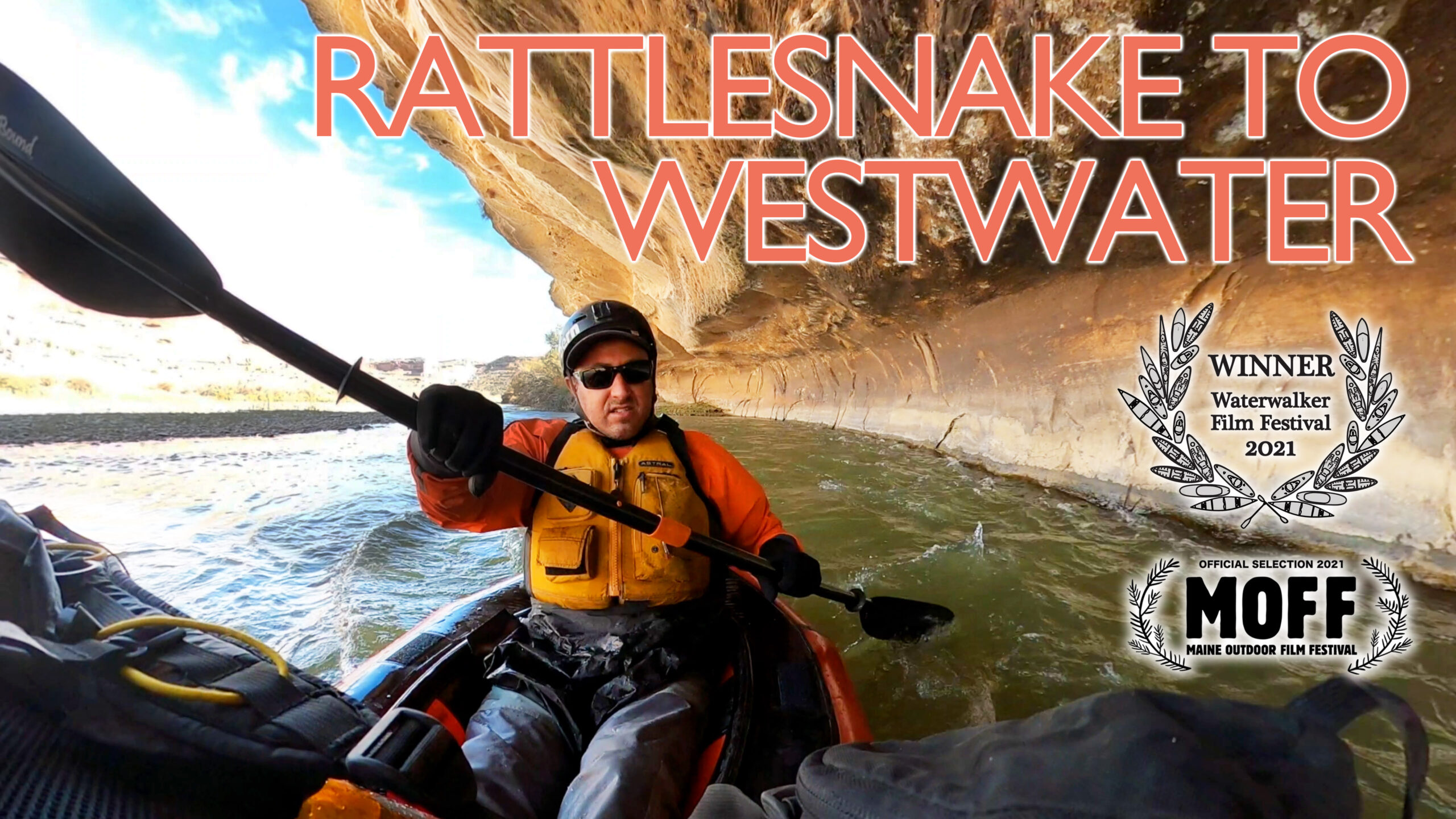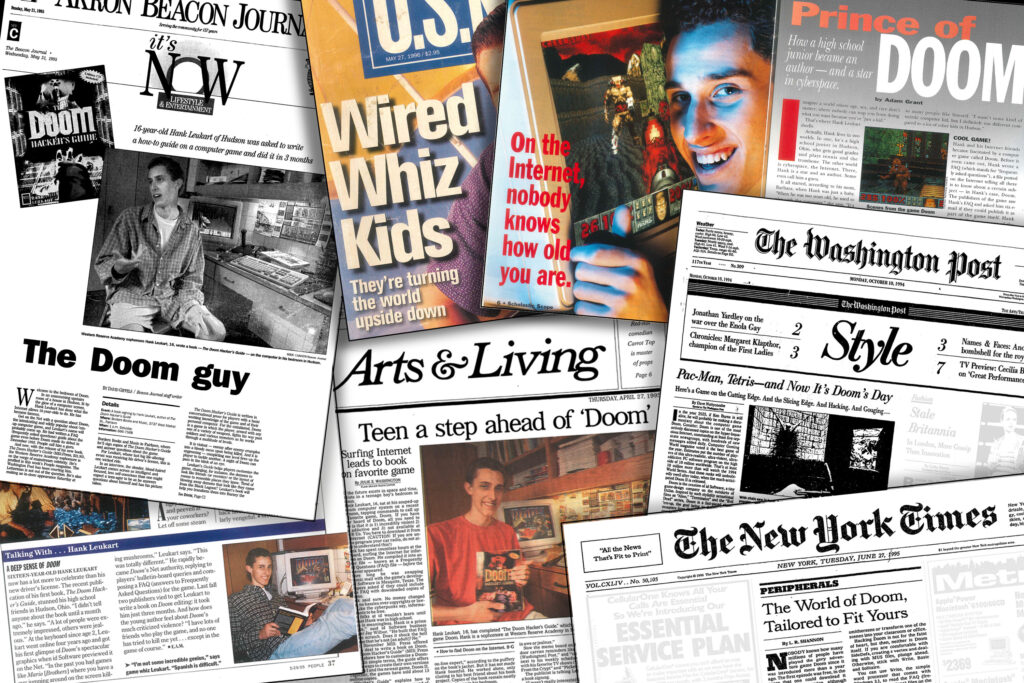
The first gaming influencer
Long before anyone knew you could get famous online, I was a gaming-obsessed teenager in Ohio way too infatuated with the groundbreaking game Doom. Apparently, being a nerdy computer fanatic was all it took to accidentally become the internet’s first gaming influencer, decades before the term was even invented.
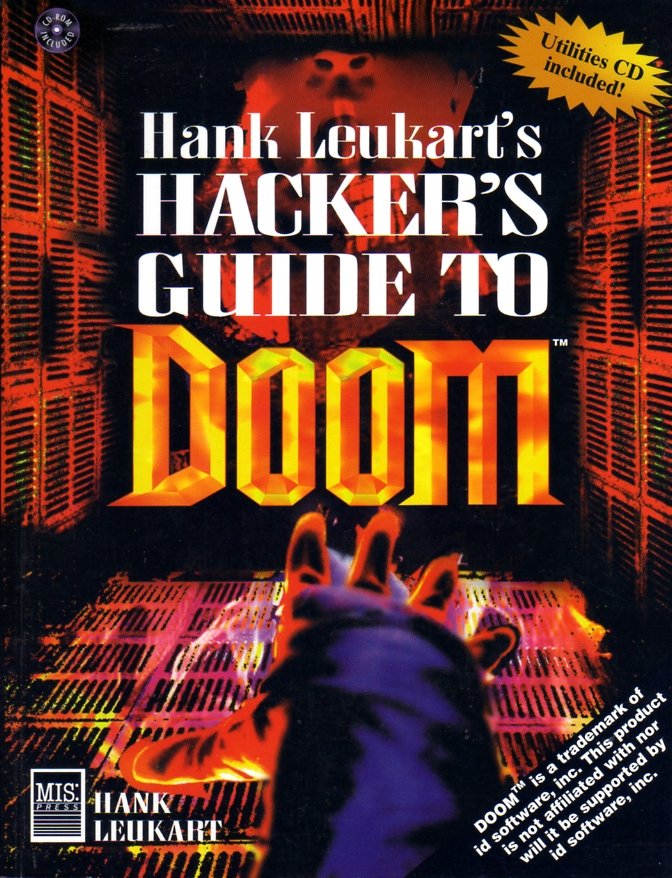
Years before the YouTube and Twitch empires of Ninja and PewDiePie, before the star power of Pokimane and SSSniperWolf, the internet was a wild, pixelated frontier where the rulebook hadn’t been written yet. In the mid-1990s, within the demon-haunted, sprawling corridors of Doom — a game that didn’t just launch but reshaped the fabric of the gaming landscape forever — a new breed of underground heroes emerged. Forged in the raw, flickering glow of CRT monitors, they were finding their collective voice online. Leading this digital revolution was a teenager from Ohio, not yet old enough to drive, who became widely recognized as gaming’s first online influencer: Hank Leukart.
The year was 1993. id Software dropped Doom like a bomb. It was loud, it was gory, and it was real — or as real as 3D graphics got back then. Distributed online, it bypassed traditional gatekeepers, spreading virally through college dorms, corporate offices, and suburban bedrooms. A community exploded around it — not just playing, but dissecting, modifying, and obsessing over every pixel.
Enter Hank. I was a self-taught computer fanatic since toddlerhood, and I dove headfirst into the Doom maelstrom. I wasn’t just playing the game; I was living it and breathing it. As the online message boards known as Usenet buzzed with questions, I started dropping answers. I compiled my knowledge into a sprawling FAQ — the definitive guide to navigating Doom’s hellscapes, uncovering its secrets, and bending its rules.
It wasn’t some corporate-backed strategy guide. It was raw, community-driven expertise, shared freely in the wild west of the early web. It was authentic. It was essential. And it blew up. My FAQ became legendary, required reading for any serious Doom player. Even id Software, the game’s creators, recognized the power of my work, bundling my FAQ with the game downloads. Jay Wilbur, the “biz guy” at id, didn’t mince words: “Age is meaningless. Hank is a prime example. He built that FAQ up from scratch.”
But I wasn’t content just answering questions. I wanted to tear the game apart and rebuild it. I delved into the game’s code, figuring out how to change the monsters, alter the sounds, and design entirely new levels. This was the birth of the “modding” scene, a creative explosion fueled by players who wanted to make the game their own.
After three separate publishers came calling, my deep dive into the game’s guts led to another level of digital stardom: a book deal. When I was fifteen years old, I wrote the now-iconic The Doom Hacker’s Guide for Henry Holt & Company. This wasn’t a book for casual players; it was a manifesto for the digital rebel, a guide to customizing Doom to your twisted heart’s content. Want to replace the demons with your most-hated sports team mascots? Turn the chainsaw into a rubber chicken? I showed you how, packaging the book with a CD-ROM full of the tools needed to unleash your inner game designer.
The Doom Hacker’s Guide wasn’t just a book; it was a phenomenon. It sold tens of thousands of copies, was translated into Japanese, and turned me, a high school student, into a media darling. For The New York Times, People magazine, US News & World Report, The Washington Post, and The Plain Dealer, I was the face of the internet’s raw, disruptive power, proof that in this new world, a kid with a computer could become a genuine online influencer, long before the term existed.
I saw the internet as a place where the usual rules didn’t apply, a utopian world where age didn’t matter, and people were judged purely on merit. It was a place where passion and knowledge could elevate you to unexpected heights.
Looking back now, from the cold grip of algorithmic feeds, I can still feel the wild pulse of that early digital age. We weren’t chasing likes or selling products; influence was a raw spark, earned through passion and never manufactured. What drove me was a fierce belief that the messy, real creativity inside was power, far beyond today’s copycat influencers and sponsored smiles. And in channeling that, I wasn’t just playing a game; I was writing the first chapter of a revolution, a testament to what a kid and a computer could achieve against a hegemonic, cookie-cutter world.
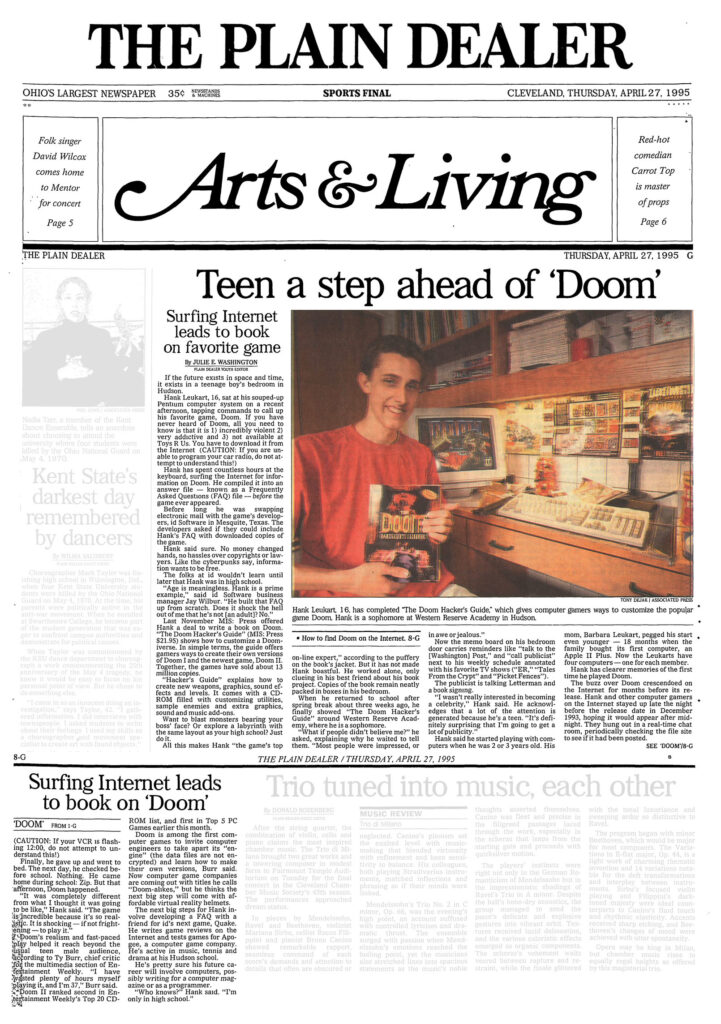
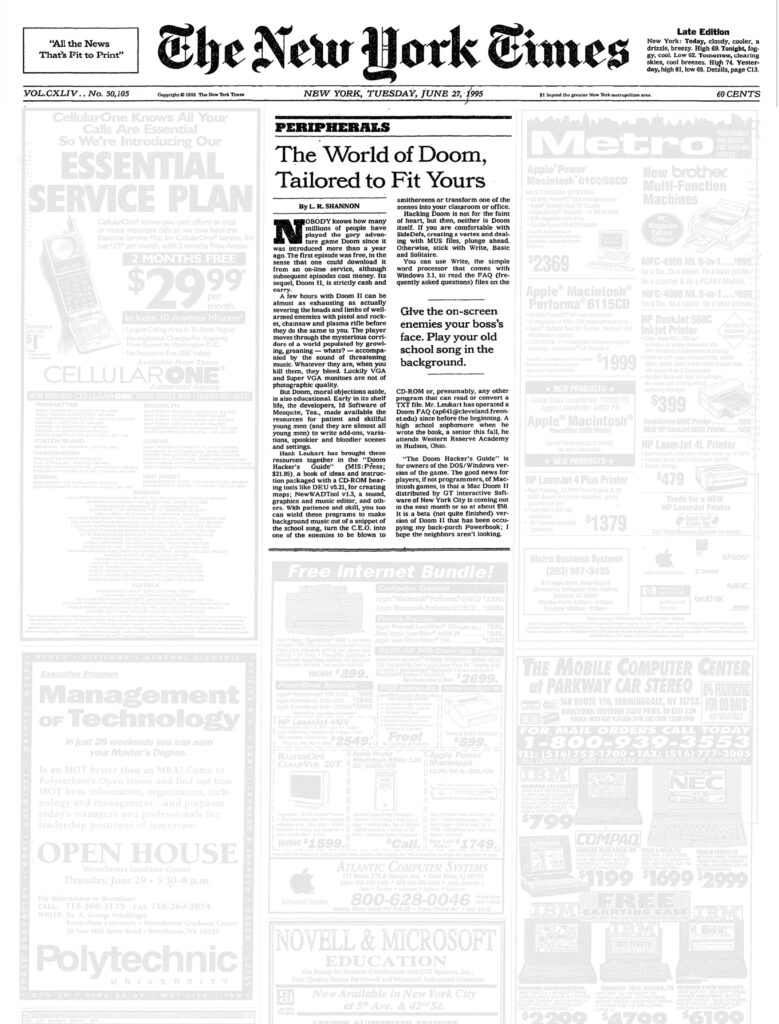
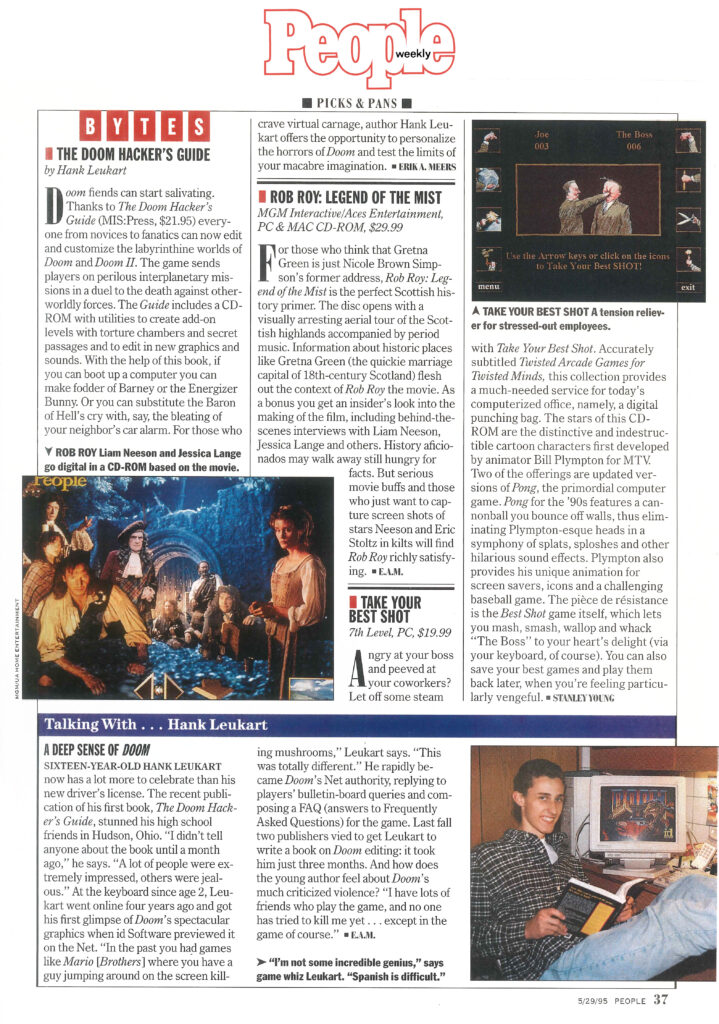
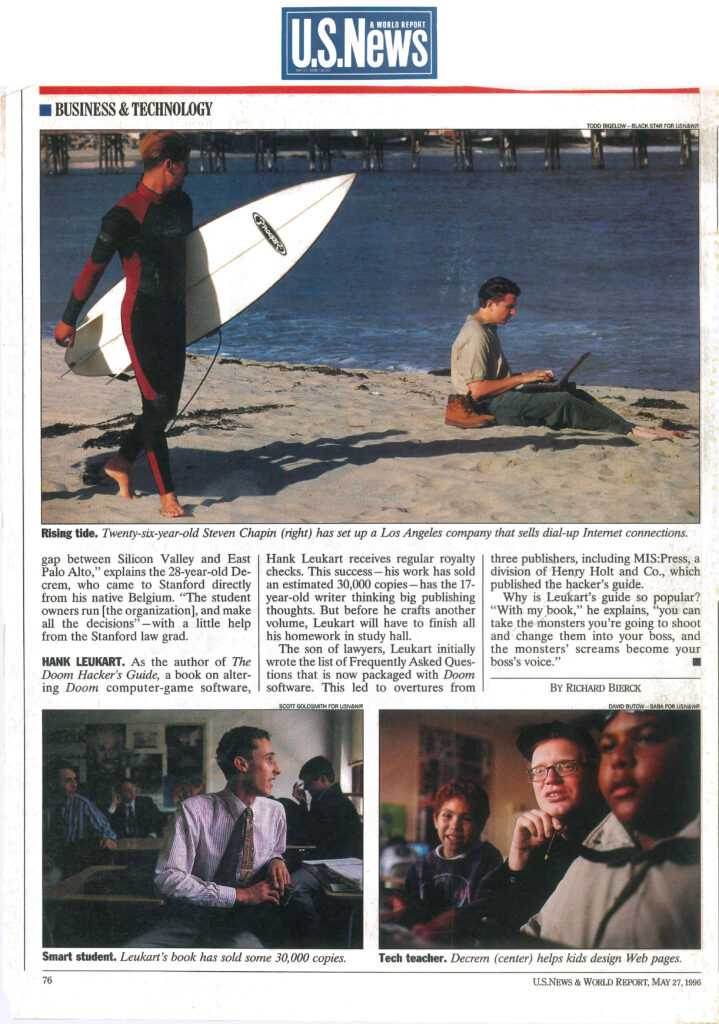
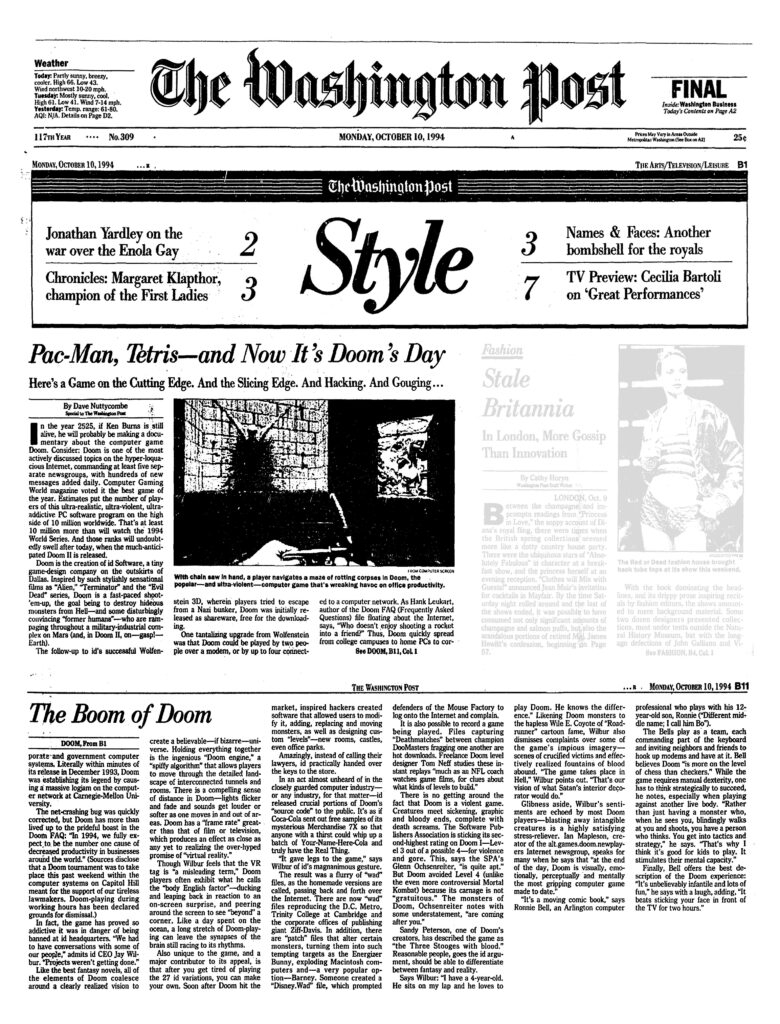
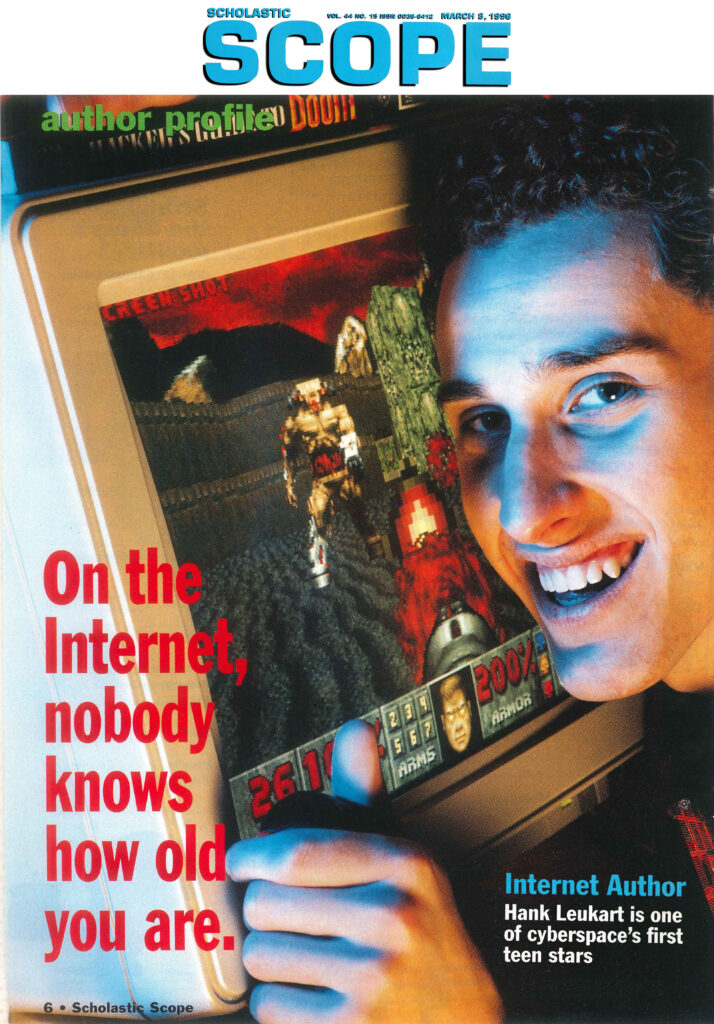
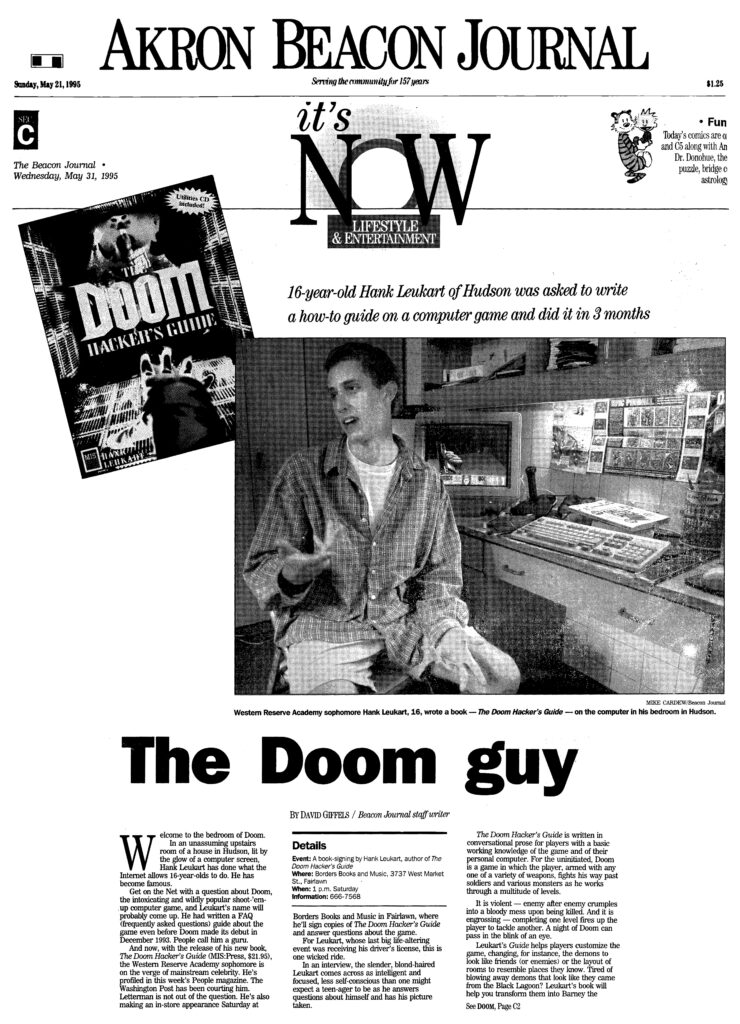
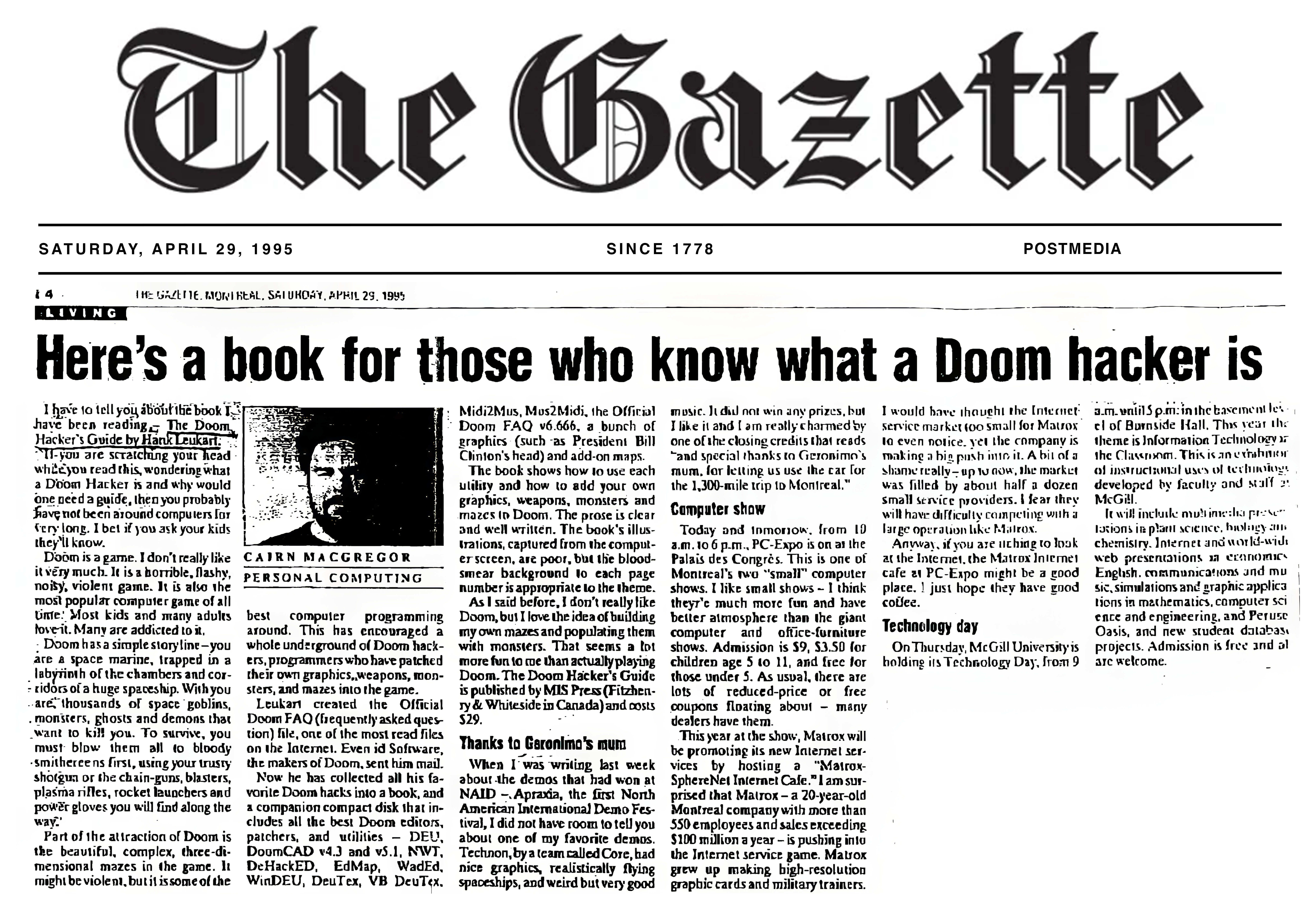
The Experience Age
I’m fascinated by media and technology history, so I took a tour of entertainment-industry mecca Los Angeles, strolling through 80 years of media history — from the start of television to the commercialization of virtual reality. Along the way, I explain how experiences make our lives meaningful and, why, over the last 15 years, our ability to cultivate and have incredible experiences has skyrocketed, shifting us into a truly new time in history: The Experience Age.

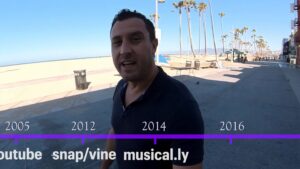
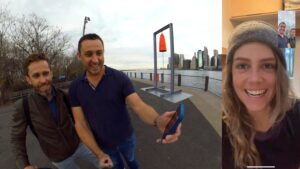
VR in the Great Outdoors
Since we didn’t have many adventure options during the pandemic, my brother Brian and I attempted VR in the great outdoors. We reviewed Phantom: Covert Ops paddling in real kayaks, Freediver: Triton Down scuba diving in a real lake, VZFit Jailbreak horseback riding on a real bicycle (lol), Holofit rowing on a real snow sled, The Climb in real rope harnesses, MarineVerse Cup sailing in a real pool, and Nature Treks VR hiking in a… dingy garage.
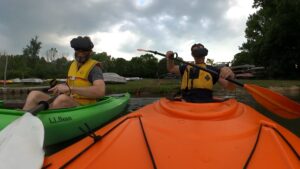
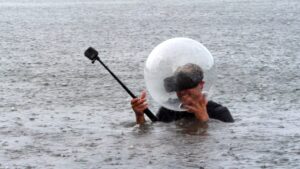
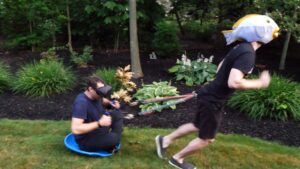
VR on a Plane
The moment I got my first Meta Quest, I took it on an airplane to find out which VR games work best while flying. While traveling from Los Angeles to New York, I review Moss, Space Pirate Trainer, Thumper, Beat Saber, Angry Birds, Tokyo Chronos, I Expect You to Die, Pistol Whip, Ocean Rift, Tilt Brush, Robo Recall, Bait, VR Karts, Epic Roller Coasters, Ultrawings, Creed, Job Simulator, Pokerstars VR, Rec Room, and Bigscreen.

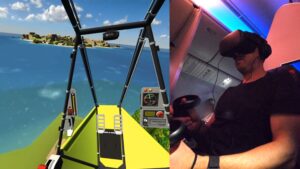

Best VR Workouts
My brother Brian and I spent tens of hours tinkering with a variety of mixed-reality filming techniques to create a tour de force review of the best virtual reality fitness games, including Supernatural, Sprint Vector, FitXR (formerly BoxVR), Thrill of the Fight, Creed, Bitslap, Pistol Whip, Beat Saber, VZFit, Audio Trip, OhShape, Ninja Legends, Gorn, and Racket: NX.
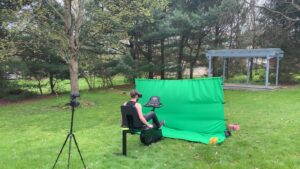
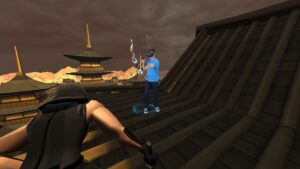

Rattlesnake to Westwater 360º
In our award-winning 360º adventure film, my friend Jake and I packrafted the Colorado River in by hiking in through Rattlesnake Canyon and paddling Horsethief, Ruby, and Westwater Canyons. Better yet, we filmed the entire adventure in spherical video for viewing on a VR headset. At 2,500 cfs, we paddled Skull Rapid, Funnel Falls, Bowling Alley, Sock It To Me, Last Chance, and we visited the Room of Doom. The film was a Waterwalker Film Festival 2021 Winner and Maine Outdoor Film Festival 2021 Official Selection.
